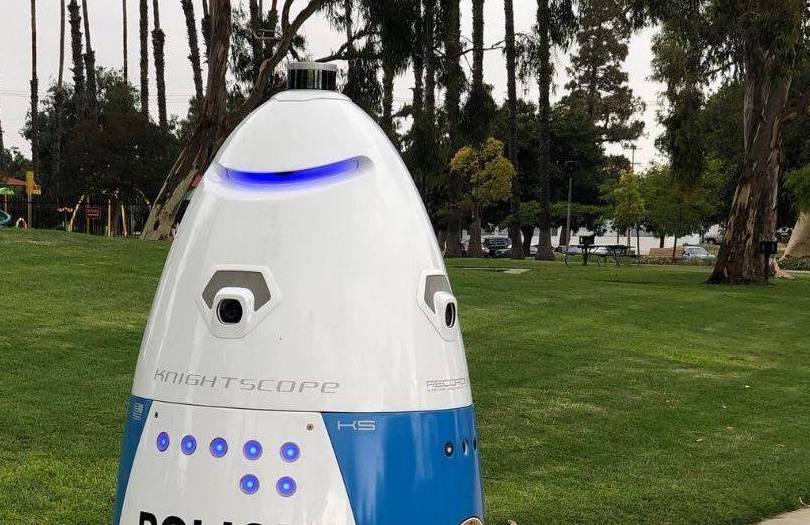India plans to introduce a law to ban private cryptocurrencies such as bitcoin and put in place a framework for an official digital currency to be issued by the central bank, according to a legislative agenda listed by the government.



Fair to say that we all assume that aging is inevitable. In reality however, there is no biological law that says we must age. Over the years we’ve seen a variety of theories proposed to explain why we age including the accumulation of damage to our DNA, the damaging effects of chemicals called “free radicals, changes in the function of our mitochondria, and so many others.
Our guest today, Dr. David Sinclair, believes that aging is related to a breakdown of information. Specifically, he describes how, with time, our epigenome accumulates changes that have powerful downstream effects on the way our DNA functions. Reducing these changes to the epigenome is achievable and in fact, even taking it further, his research now reveals that the epigenome can be reprogrammed back to a youthful state.
David A. Sinclair, PhD, AO is Professor of Genetics at Harvard Medical School, and is the author of Lifespan — Why We Age and Why We Don’t Have To. He is the Founding Director of the Paul F. Glenn Center for the Biological Mechanisms of Aging at Harvard. One of the leading innovators of his generation, he is listed by TIME magazine as one of the “100 most influential people in the world” (2014) and top 50 most important people in healthcare (2018). He is a board member of the American Federation for Aging Research, a Founding Editor of the journal Aging, and has received more than 35 awards for his research on resveratrol, NAD, and reprogramming to reverse aging, which have been widely hailed as major scientific breakthroughs and are topics we discuss in our time together.
In 2018, Dr. Sinclair became an Officer of the Order of Australia, the equivalent of a knighthood, for his work on national security matters and human longevity. Dr. Sinclair and his work have been featured on 60 Minutes, Today, The Wall Street Journal, The New York Times, Fortune, and Newsweek, among others.
In closing, I really need to say that Lifespan (https://amzn.to/3sSoCNS) ranks as one of the most influential books I have ever read. Please enjoy today’s interview.
To stay current on Dr. Sinclair, follow him on Twitter (https://twitter.com/davidasinclair) and Instagram (https://www.instagram.com/davidsinclairphd/)

Ditto for Canada…
As US President Biden signs a national mask mandate into law, measures being imposed in the name of protecting public health could create a humanitarian crisis that sees Americans sued by the state and forced into detention camps for breaking pandemic protocols.
The very first executive order Joe Biden signed upon becoming the forty-sixth President of the United States was the national mask mandate he promised at the Democratic National Convention back in August. The order makes face coverings and social distancing mandatory on all federal property and a legal requisite for interstate commerce.

New initiative aims to lower high barrier to entry for resource-constrained organizations, increasing access to participate in forward-looking research.
Like.
Comment.
As the world continues to change and advance at a rapid pace, the need for continuous innovation has never been greater. DARPA’s open innovation model leverages the expertise and novel ideation found in large and small businesses, government organizations, and academic institutions. However, resource constraints across these organizations can limit their participation in cutting-edge research opportunities. Within the microelectronics arena in particular, skyrocketing costs for designing integrated circuits are stifling participation in the innovation process.
To help remove potential roadblocks to further increasing the speed of innovation, the agency today announced DARPA Toolbox – a new, agency-wide effort to provide open licensing opportunities with commercial technology vendors to the researchers behind DARPA programs. Through DARPA Toolbox, successful proposers will receive greater access to commercial vendors’ technologies and tools via pre-negotiated, low-cost, non-production access frameworks and simplified legal terms. For commercial vendors, DARPA Toolbox will provide an opportunity to leverage the agency’s forward-looking research and a chance to develop new revenue streams based on programmatic achievements developed with their technologies.
“DARPA performers are frequently encumbered by having to negotiate access to tools, IP, and services, and execute complex legal agreements that take the time away from what they do best – advancing science to benefit the nation,” said Serge Leef, the Microsystems Technology Office (MTO) program manager spearheading this effort. “Through DARPA Toolbox, we are working to effectively lower the high barrier to entry with the goal of encouraging more proposals from non-traditional and resource-constrained organizations that can bring innovative insights and ideas to bear on DARPA programs.”

The arrival of government-operated autonomous police robots does not look like predictions in science fiction movies. An army of robots with gun arms is not kicking down your door to arrest you. Instead, a robot snitch that looks like a rolling trash can is programmed to decide whether a person looks suspicious —and then call the human police on them. Police robots may not be able to hurt people like armed predator drones used in combat— yet —but as history shows, calling the police on someone can prove equally deadly.
Long before the 1987 movie Robocop, even before Karel Čapek invented the word robot in 1920, police have been trying to find ways to be everywhere at once. Widespread security cameras are one solution—but even a blanket of CCTV cameras couldn’t follow a suspect into every nook of public space. Thus, the vision of a police robot continued as a dream, until now. Whether they look like Boston Dynamics’ robodogs or Knightscope’s rolling pickles, robots are coming to a street, shopping mall, or grocery store near you.
The Orwellian menace of snitch robots might not be immediately apparent. Robots are fun. They dance. You can take selfies with them. This is by design. Both police departments and the companies that sell these robots know that their greatest contributions aren’t just surveillance, but also goodwill. In one brochure Knightscope sent to University of California-Hastings, a law school in the center of San Francisco, the company advertises their robot’s activity in a Los Angeles shopping district called The Bloc. It’s unclear if the robot stopped any robberies, but it did garner over 100000 social media impressions and Knightscope claims the robot’s 193 million overall media impressions was worth over $5.8 million. The Bloc held a naming contest for the robot, and said it has a “cool factor” missing from traditional beat cops and security guards.

Frias-Martinez says CloudBank has allowed her to stretch her research dollars and, as a result, improve the quality and scope of her analyses. “For example, we started to do some experiments with an AWS database and the costs were much higher than we had expected,” she explains. “We submitted a ticket to their helpdesk and they quickly responded” with a full explanation of expenses and some money-saving alternatives.
Going the last mile
CloudBank was created to serve NSF grantees, starting with those funded by select CISE programs who have requested cloud computing. That pool is now tiny by design, but Norman expects demand to increase rapidly once NSF begins to make awards from this year’s program solicitations, the first that include CloudBank as an option. CloudBank could also serve as a template for a far larger, national cloud computing resource, part of a massive scale-up in cloud computing and artificial intelligence outlined in a law passed by Congress last week.

A scary prediction of our near future when acquiesce to government authority will be tracked, much like a credit score, by central authorities intent on controlling our every action and thought.
Here’s a scary vision of our future, based on the Chinese social credit model, from Bertelsmann Stiggung, an independent foundation under private law based in Gütersloh, Germany with offices in Washington DC and Barcelona Spain.
For more, check out the Berttelsmann Stiggung blog, focused on the European Union.

Cryptocurrency and direct democracy.
SpaceX recently sparked controversy after stating it would not recognise international law in outer space.

An international research team lead by Aalto University has found a new and simple route to break the reciprocity law in the electromagnetic world, by changing a material’s property periodically in time. The breakthrough could help to create efficient nonreciprocal devices, such as compact isolators and circulators, that are needed for the next generation of microwave and optical communications systems.
When we look through a window and see our neighbor on the street, the neighbor can also see us. This is called reciprocity, and it is the most common physical phenomenon in nature. Electromagnetic signals propagating between two sources is always governed by reciprocity law: if the signal from source A can be received by source B, then the signal from source B can also be received by source A with equal efficiency.
Researchers from Aalto University, Stanford University, and Swiss Federal Institute of Technology in Lausanne (EPFL) have successfully demonstrated that the reciprocity law can be broken if the property of the propagation medium periodically changes in time. Propagation medium refers to a material in which light and electromagnetic waves survive and propagate from one point to another.

Seventeen years after the second amendment of the Law of the People’s Republic of China on the People’s Bank of China was approved, public comments are being taken on a new draft version that was proposed on Friday.
Analysts said that the new draft, if passed, will help reduce financial risks by giving the central bank a larger role in the use of a digital currency. It will also address money laundering, reduce costs and win China more financial status in the world.
The draft law addresses for the first time the central bank’s determination to reduce systemic financial risks and legalize the digital yuan. Experts said this measure will have great importance for the development of China’s financial system.